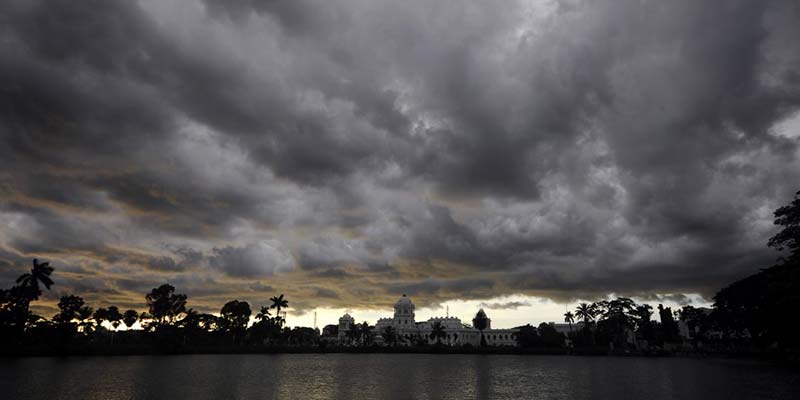- India
- Apr 16
Explainer / What is Indian Ocean Dipole?
• India is likely to witness normal rainfall during the southwest monsoon season this year with favourable La Nina conditions predicted to continue during the June-September period, the India Meteorological Department said.
• The country had received normal rainfall during the four-month southwest monsoon season in 2019, 2020 and 2021.
• The rainfall during the southwest monsoon season in 2022 will be 96 per cent to 104 per cent of the Long Period Average (LPA) of 87 cm of the 1971-2020 period, the IMD said.
• Earlier, the IMD used to consider the LPA of 88 cm of the 1961-2010 period.
• The IMD will issue an updated forecast for the monsoon season towards the end of May.
• It said La Nina conditions over the equatorial Pacific region are likely to continue during the monsoon season.
• Also, neutral Indian Ocean Dipole (IOD) conditions prevailing over the Indian Ocean are predicted to continue till the beginning of the southwest monsoon season. Thereafter, an enhanced probability of negative IOD conditions is predicted.
El Nino and La Nina
• The El Nino-Southern Oscillation (ENSO) is an irregular cycle of change in wind and sea surface temperatures over the tropical eastern Pacific Ocean, affecting the climate of much of the tropics and subtropics.
• El Nino and La Nina events are a natural part of the global climate system. They occur when the Pacific Ocean and the atmosphere above it change from their neutral (‘normal’) state for several seasons.
• The warming phase of the sea temperature is known as El Nino and the cooling phase as La Nina. El Nino is generally known to suppress monsoon rainfall in India while La Nina increases it.
• These changes in the Pacific Ocean and its overlying atmosphere occur in a cycle known as the El Nino–Southern Oscillation (ENSO).
• The pattern shifts back and forth irregularly every two to seven years, and each phase triggers predictable disruptions of temperature, precipitation. These changes disrupt the large-scale air movements in the tropics, triggering a cascade of global side effects.
• The term ‘El Nino’ translates from Spanish as ‘the boy-child’. Peruvian fishermen originally used the term to describe the appearance, around Christmas, of a warm ocean current off the South American coast. It is now the commonly accepted term to describe the warming of the central and eastern tropical Pacific Ocean. ‘La Nina’ translates as ‘girl-child’ and is the opposite ENSO phase to El Nino.
Indian Ocean Dipole (IOD)
• The Indian Ocean Dipole (IOD) is the Indian Ocean counterpart of the Pacific El Nino and La Nina.
• The Indian Ocean Dipole (IOD), also known as Indian Nino, is defined by the difference in sea surface temperature between two areas (or poles, hence a dipole) – a western pole in the Arabian Sea (western Indian Ocean) and an eastern pole in the eastern Indian Ocean south of Indonesia.
• Like ENSO, the IOD is a coupled ocean-atmosphere phenomenon. The shifting pools of warm/cool water contribute to variations in rainfall and storm activities of many countries surrounding the Indian Ocean.
• IOD has three phases — neutral, negative and positive.
• Positive IODs are often associated with El Nino and negative IODs with La Nina.
• During a positive IOD, warmer sea surface temperature (SST) develops over western Indian Ocean (Arabian Sea, in particular). During a negative IOD, the opposite happens, that is, the western Indian Ocean becomes cooler with higher air pressures resulting in westerly winds blowing toward the Indian subcontinent.
• The positive IOD phase is beneficial for the monsoon and negative IOD obstructs the progression of the monsoon over India.
• However, the relationship of the Indian monsoon with IOD is not as strong as compared to the relationship with El Nino.
Manorama Yearbook app is now available on Google Play Store and iOS App Store



